Identify Your Target Audience: Where They Hang Out and What They Need
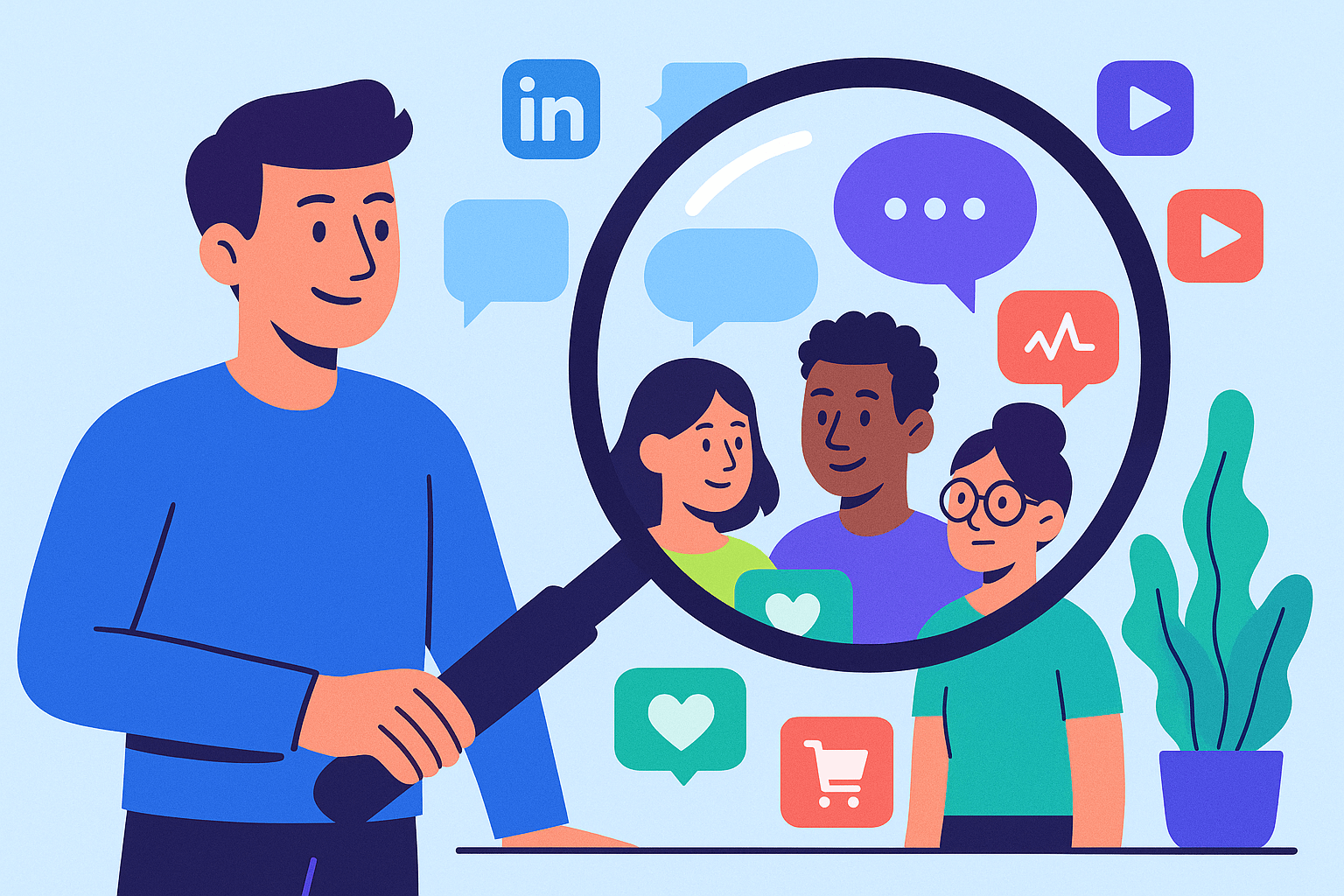
Trying to market without knowing your target audience is like selling winter jackets at the beach — the wrong place, the wrong people, and zero results. The truth is, your product is not for everyone. Success comes when you focus on the right group of people, understand what they need, and show up where they are. Let’s break down how to identify your audience step by step: segmentation, personas, pain points, and where they spend time online.
Why Knowing Your Audience Matters
When you know your audience, you:
- Speak their language.
- Create content they care about.
- Spend money in the right places.
- Build trust and loyalty.
Marketing becomes easier, cheaper, and more effective.
Step 1: Start with Segmentation
Segmentation means breaking a large market into smaller groups. This helps you see patterns.
- Demographics: Age, gender, income, location
- Psychographics: Interests, values, lifestyle
- Behavioural: Buying habits, brand loyalty, online activity
- Needs-based: What problem are they trying to solve?
Example: Instead of “fitness lovers,” you can target “women aged 25–35 who want home workouts and healthy meal plans.”
Step 2: Create Buyer Personas
A persona is a simple profile of your ideal customer. Think of it like a character sketch.
Include:
- Name (fictional but realistic)
- Age, job, location
- Goals and dreams
- Challenges and frustrations
- Favourite platforms (Instagram, LinkedIn, YouTube, etc.)
Example: “Riya, 28, works in IT. She wants to stay fit but doesn’t have time for the gym. She follows Instagram fitness pages and buys quick home workout products.”
Personas make your marketing human, not robotic.
Step 3: Identify Their Pain Points
People don’t buy products. They buy solutions to problems.
Ask:
- What’s keeping them awake at night?
- What frustrates them about current options?
- What makes them hesitate to buy?
Example: If you sell online courses, a pain point might be: “I don’t have time for long classes.” You can solve it with short 15-minute lessons.
Step 4: Find Out Where They Hang Out Online
Not all audiences use the same platforms. You must go where they are.
- Gen Z (18–24): Facebook, TikTok, Instagram, YouTube Shorts
- Millennials (25–40): Instagram, YouTube, LinkedIn
- Professionals: LinkedIn, Twitter (X)
- Hobbyists: Reddit, niche forums, Facebook groups
Tip: Don’t spread across every platform. Choose the top 2–3 where your audience is most active and focus deeply.
Step 5: Test and Validate
You’ll never know your audience fully without testing. Use:
- Surveys & polls (Instagram stories, Google Forms)
- Analytics (Google Analytics, social media insights)
- Engagement (Which posts do they comment on or share most?)
Your understanding of your audience should grow over time. Keep refining.
Quick Example
Let’s say you run a skincare brand.
- Segmentation: Women 20–35, urban, interested in natural beauty.
- Persona: “Ananya, 27, marketing professional, tired of acne issues, follows beauty influencers on Instagram.”
- Pain Point: She doesn’t trust chemical-heavy products.
- Hangout: Instagram, YouTube tutorials.
- Strategy: Create Instagram reels on natural skincare hacks, post YouTube tutorials, and collaborate with organic skincare influencers.
Result? Instead of shouting into the void, you’re speaking directly to Ananya.
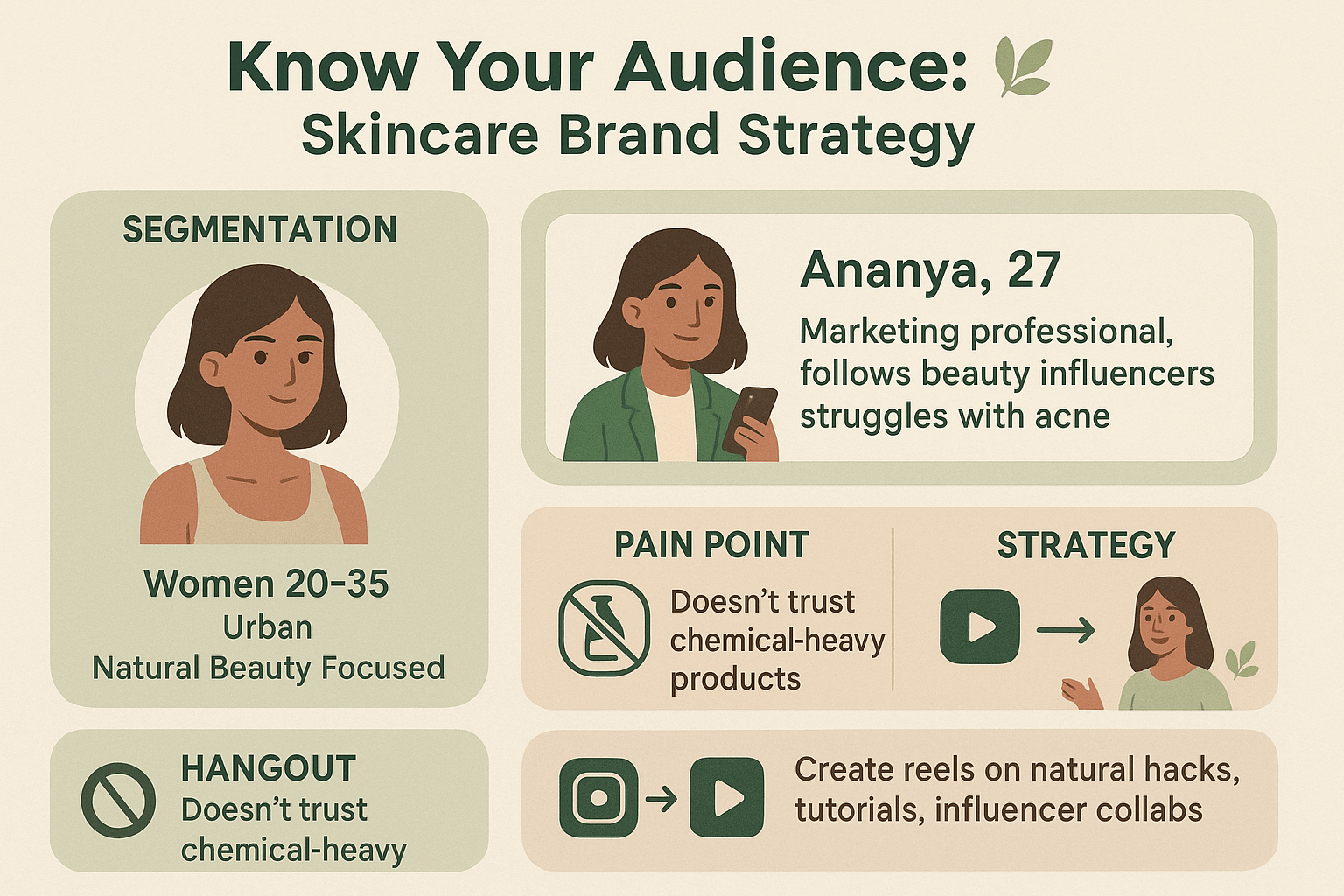
Conclusion
Identifying your target audience is the foundation of marketing. When you know who they are, what they need, and where they hang out, your message lands like a bullseye. Stop trying to reach “everyone” — it only leads to wasted time and money. Instead, define your segment, create a persona, uncover their pain points, and show up where they are. The clearer your audience, the stronger your results.
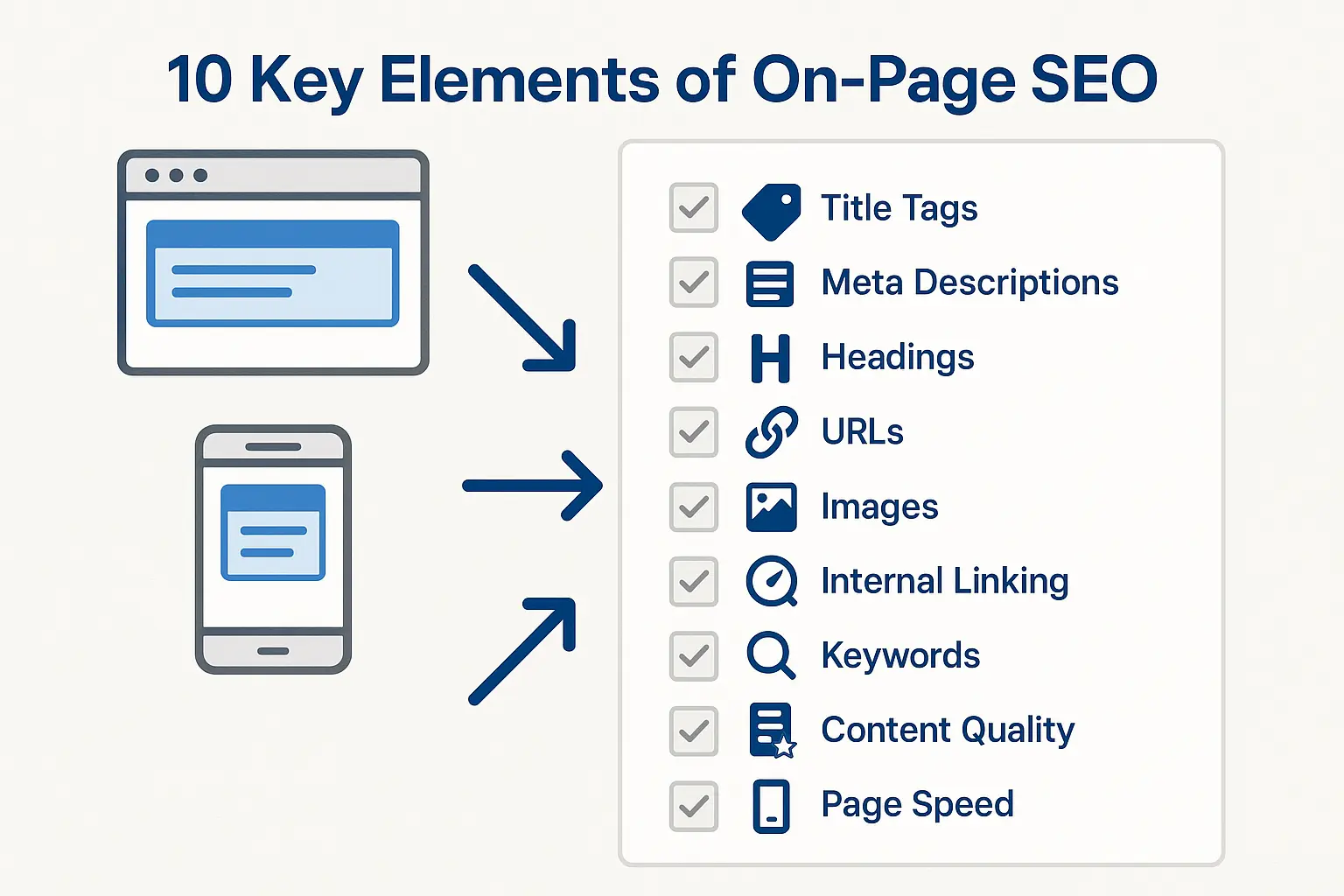
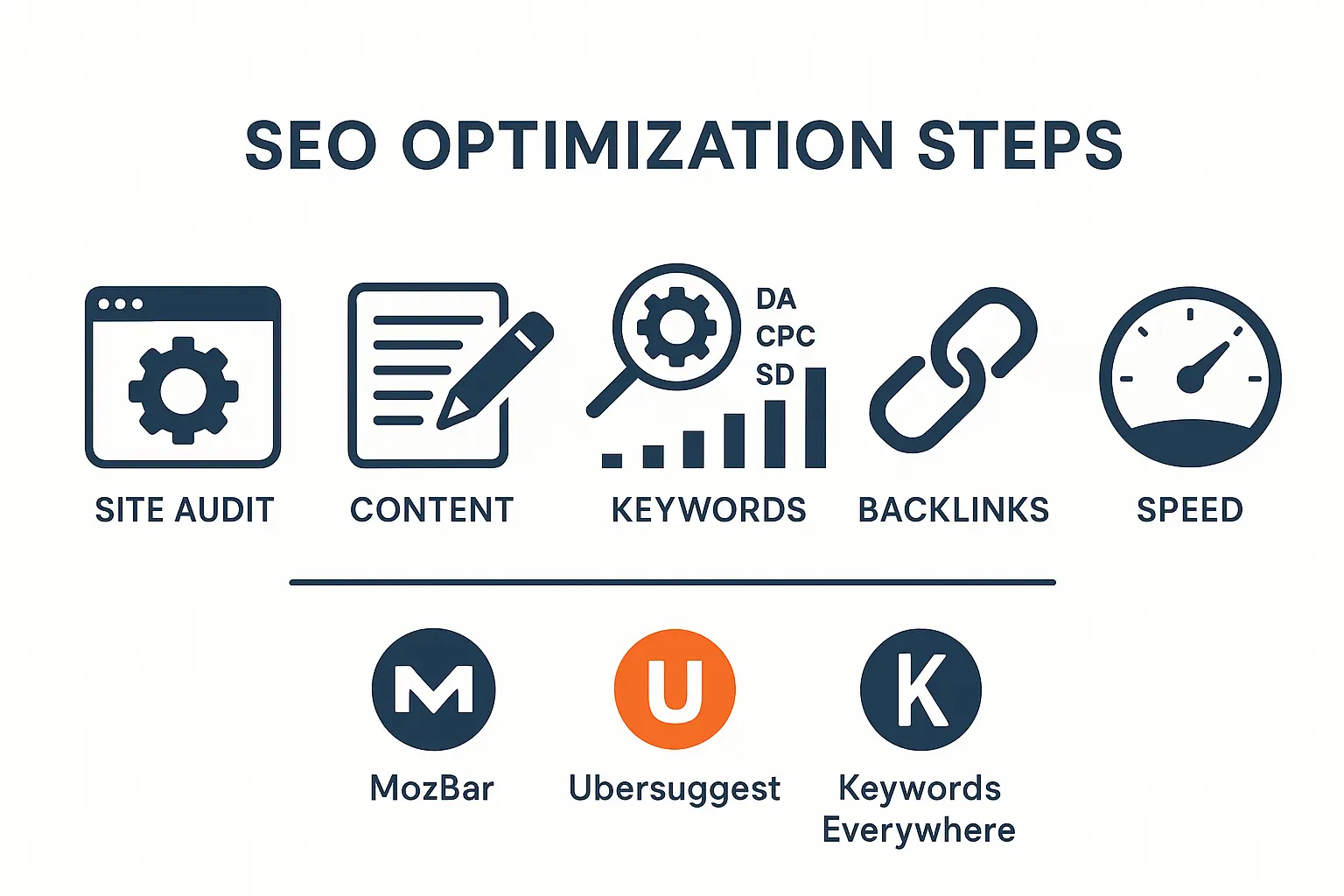
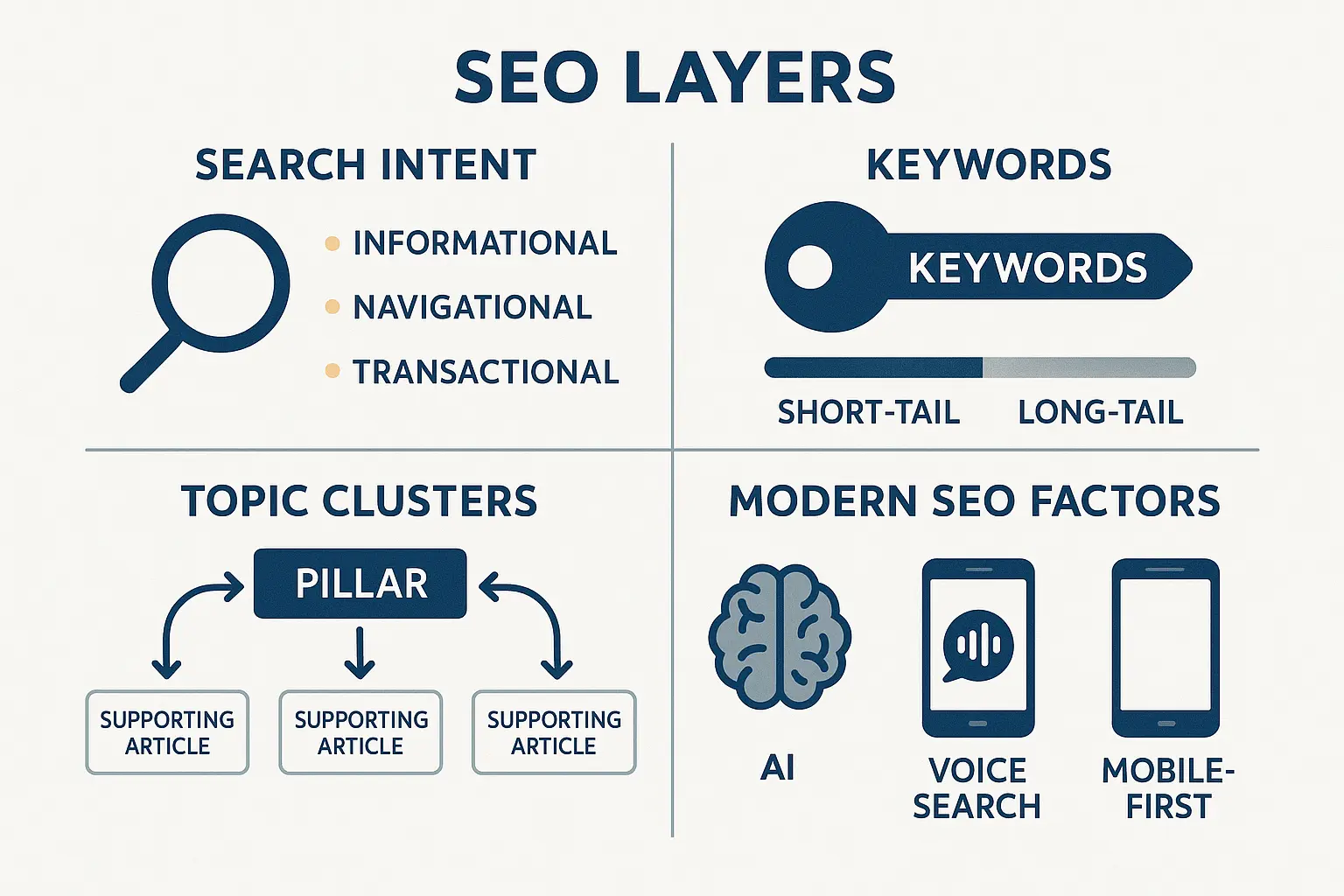
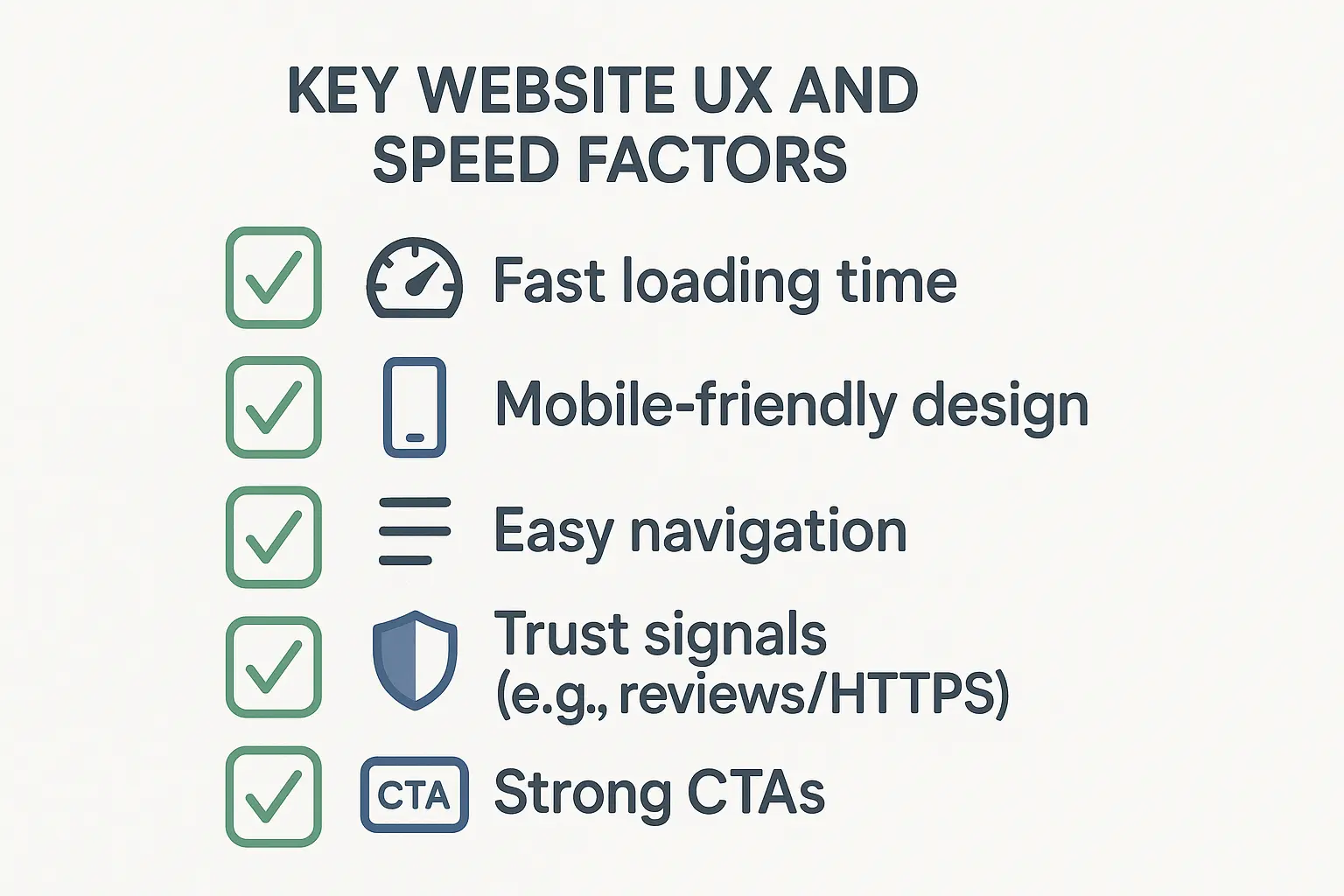
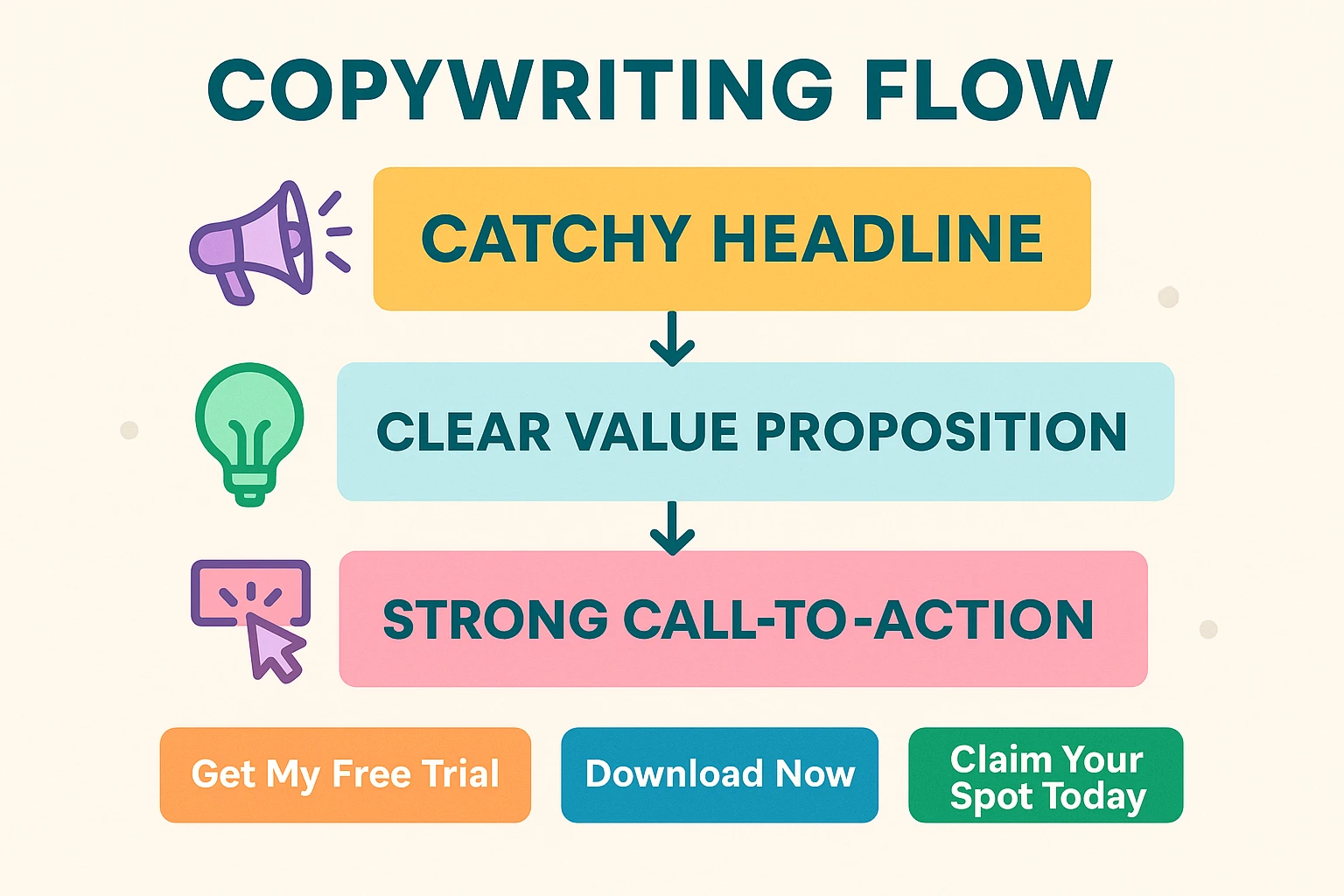
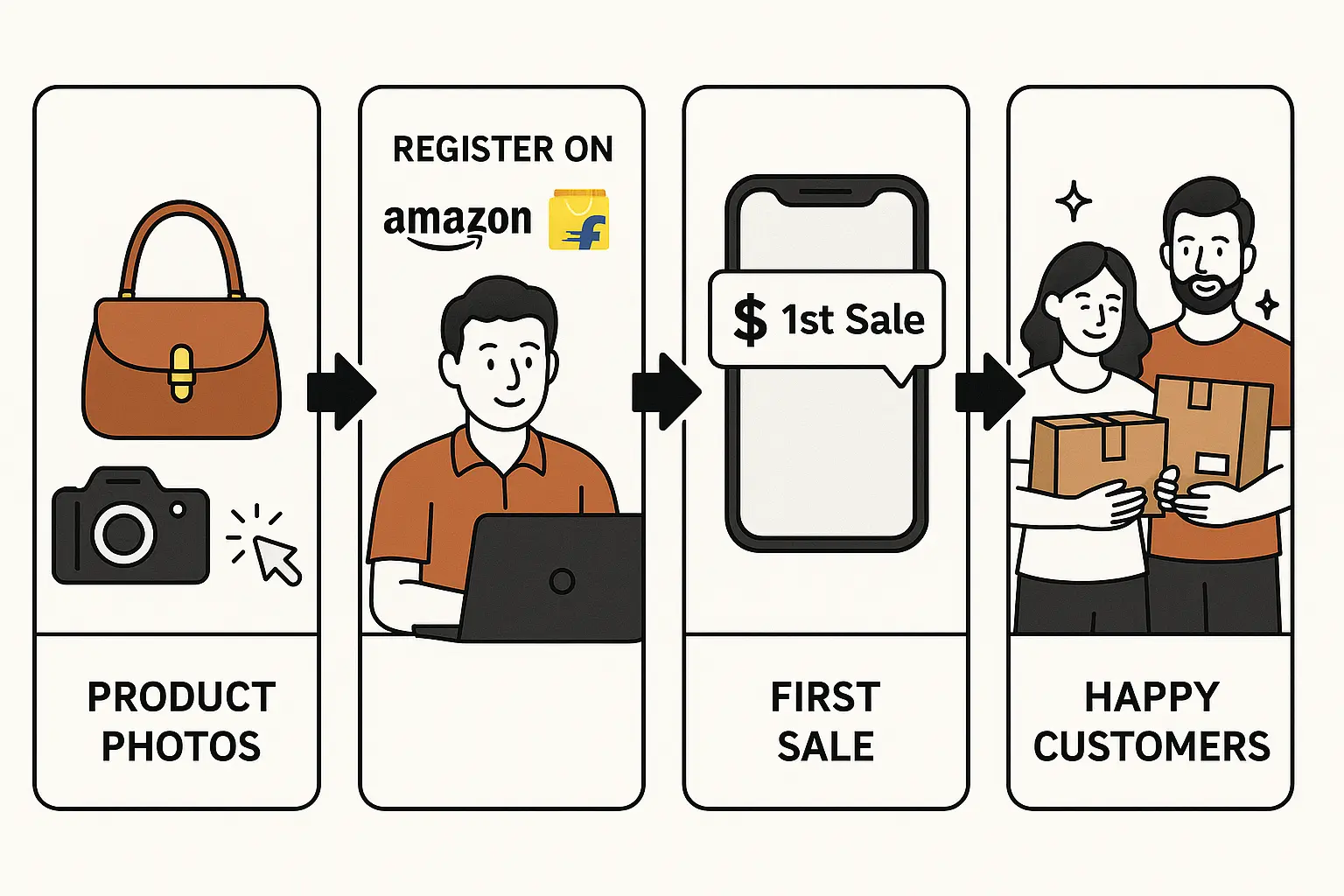


No comments yet. Be the first to comment!